This is an interesting guide for someone like me who lives in the Southeast of England. In fact, I have commuted from London to Brighton by train, which took me through a cross-section of the Weald, which is the subject matter of this guide.
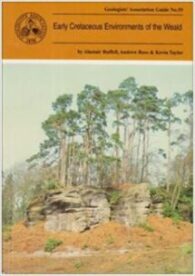

This is an interesting guide for someone like me who lives in the Southeast of England. In fact, I have commuted from London to Brighton by train, which took me through a cross-section of the Weald, which is the subject matter of this guide.

I have stood several times in front of an (apparently) plain white, chalk cliff-face along with others, while Prof Mortimore discussed the implications of what we were seeing. And, every time, I left not just thinking but knowing this was the most fascinating piece of geology I had ever seen. That is it the man.

I have to admit, I was beginning to wonder where Prof Rory Mortimore’s update of his excellent Chalk of Sussex and Kent was. And now I know. It wasn’t a second edition he was working on, but this magnificent magnum opus in two volumes covering a vastly greater area than that other guide. And the wait was more than worthwhile. The thoroughness, writing quality, content and publication standards are superb.
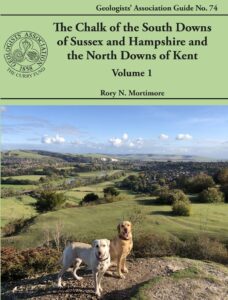
This beautiful, richly illustrated book was published by a group of sabre-tooth experts. It describes, in detail, the osteology of Xenosmilus and all skeletal elements are depicted in great detail.
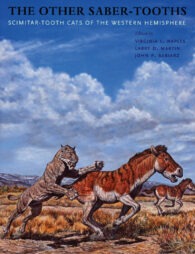
I’ve been waiting for a book like this for a very long time and am delighted that a publication of this quality has now arrived. New books covering British palaeontology are always welcome.
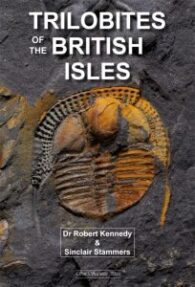
This is a nice little guide for the non-specialist collector of all things that go bump from above (and the effects they have on the rocks they impact).
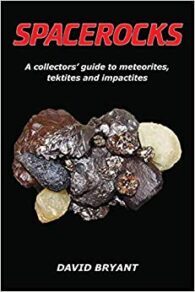
I like palaeoart. A while ago, I went to the ‘Dinosaurs of China’ exhibition in Nottingham and bought myself a copy of the Chinese palaeoartist, Zhao Chuang’s ‘The Age of Dinosaurs’ – a veritable picture-fest of up-to-date reconstructions of ancient beasts and plants, complete with fuzzy raptors and other bird-like therapods.

Fossil Hunting along the Jurassic Coast is presented by Dr Colin Dawes, a well-known, fossil hunting guide in the world-famous palaeontological site of Lyme Regis.
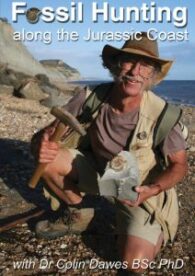
Professor Robert Diffendal Jr’s little guidebook to the Great Plains of the USA makes for a fascinating read for an Englishman like me, who has never been there (but wants to). He makes it plain that they rarely correspond to the impression most people have of them.
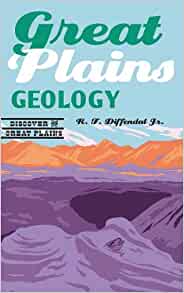
Mountains: The origins of the Earth’s mountain systems is written for readers with an interest in mountains and in developing their understanding of the geological processes that create them.
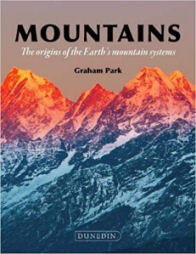
This GA guide is stated to be a “Geology Teaching Trail”. Well, it may be, but when I ambled along the trail with the guide in my hand, I certainly wasn’t in a teaching situation. Rather, I was out for a nice walk and a guide to explain what I was seeing. And it did just that and the classic Silurian/Ordovician unconformity you can see was just that. Classic!

